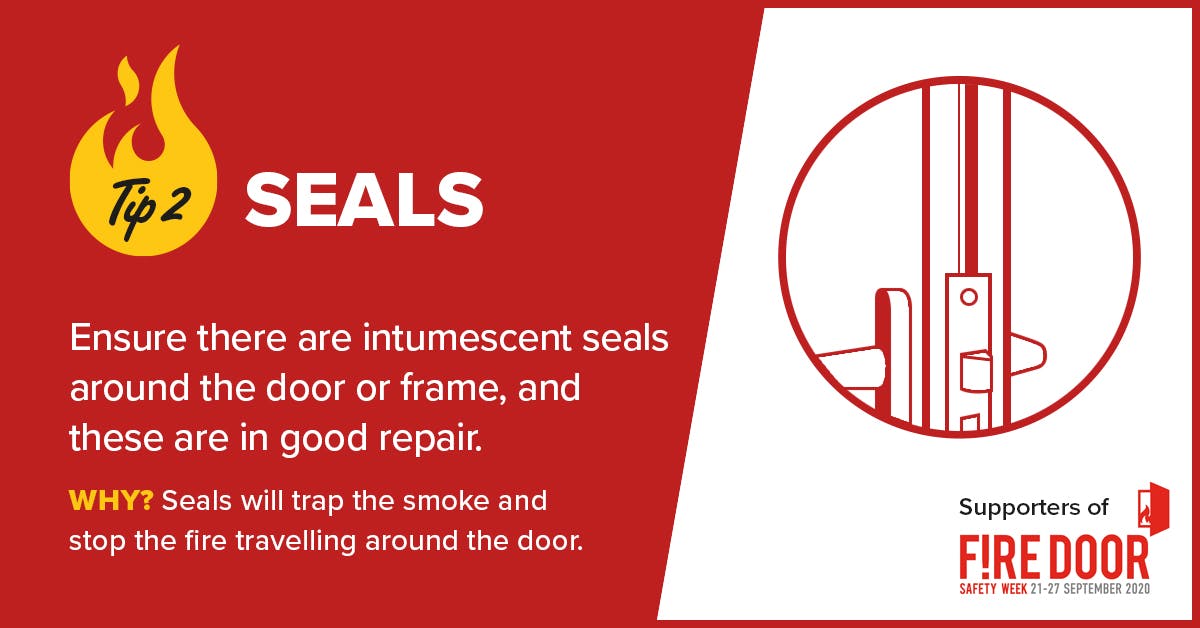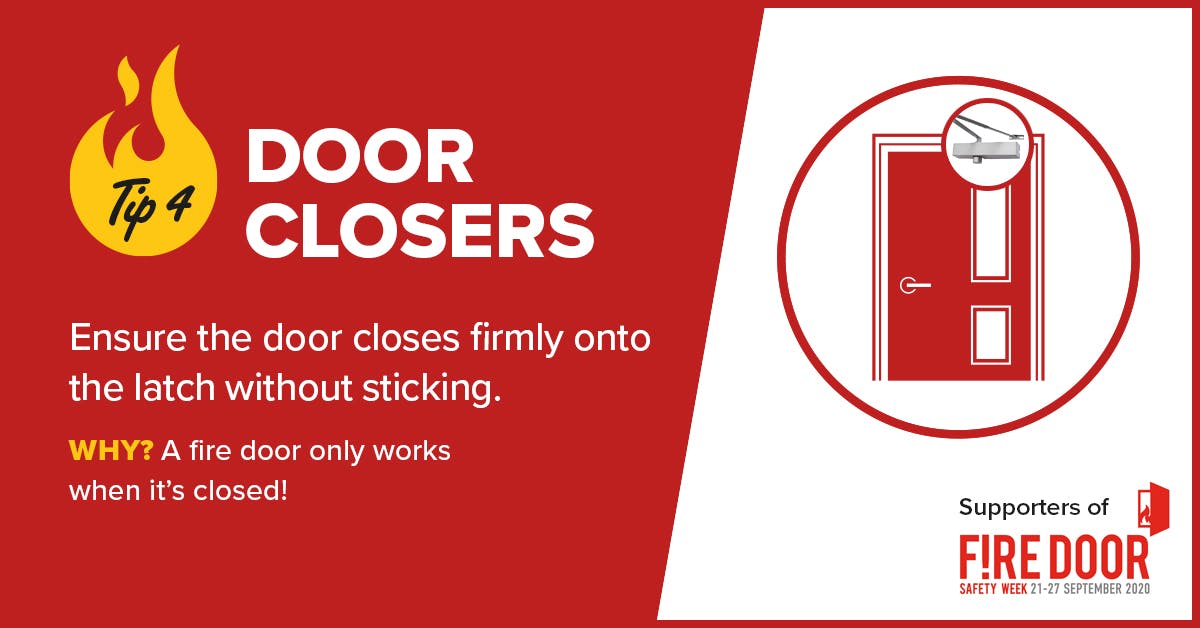21st September 2020
5-Point Fire Door guide: Check it out
We’ve compacted the vital process of testing the efficacy of your Fire Doors into 5 simple steps to make sure you are always up to date with fire safety regulations.
IronmongeryDirect
21st September 2020
5 mins
Understanding the critical role of fire doors is essential and a poorly specified fire door can have deadly consequences and with people spending more time indoors, fire safety is more important than ever.
That’s why we are supporting this year’s Fire Door Safety Week. Run every year, the scheme aims to raise awareness and understanding of the role that fire doors play in protecting life and property as passive fire protection (PFP) in buildings. As part of raising awareness, we have created a useful infographic as a quick, visual reference guide to fire door maintenance, and the important role that the fire safety solution plays in keeping us safe.
What is a fire door?
Fire doors are specially engineered to better withstand high temperatures, and these are the first line of defence in preventing the spread of fire and smoke. As such, fire doors are required by law in every commercial, public and multiple occupancy building (Approved Document B of the Building Regulations). Therefore, the first action to take is to ensure the building has fire doors that are compliant. To comply, all fire doors must have received certification from a third-party, prior to installation.
Find the certification mark!
A certified door set will be identified by a label usually affixed to the top edge of the door. This identifies the manufacturer, the date of manufacture and the designated fire rating of the door type. If you can’t find a certification mark, then there’s no way of knowing whether the door in question is actually fire rated. In these instances, it’s essential to replace the door with a solution that’s been tested under the appropriate standard; BS 476: Part 22 or BS EN 1634-1. All ironmongery must be CE marked and compatible with the door leafs certification. At IronmongeryDirect, we supply effective solutions like the Eclisse Single Fire Pocket Door Kit, that provides 30 minutes of fire protection in a sleek, easy to assemble package.

Check the seals!
The Building Regulations specify that thermally activated (intumescent) seals should be fitted to fire doors. These seals provide vital further protection in the event of a fire as when exposed to heat, these seals expand to fill the gap around the door. Therefore, if the seals have become damaged or loose, it can affect the viability of the entire PFP. Replacement intumescent strips, such as Pyroplex's Fire & Smoke range, or those produced by Fire Only are available on our website.
In some areas of the building, such as doors on protected areas and stairwells, the doors also must have smoke seals, which stop the smoke leaking past the door. Seals that include both a smoke seal and an intumescent element are available within our range.

The right fit?
Fire door performance can also be affected by poor installation. So, it’s important to check the door for any signs of ineffective fitting, as the door may have dropped, warped or fail to close properly. This are several aspects, to further ensure the safety of the fire door:
The hinges
The fire door should have three hinges, with all of its screws intact. The hinges should be CE marked to BS EN 1935 ad suitable for usage and weight of the door.

Closers
To prevent the spread of flames and smoke, a fire door must be closed properly to fit against the seal. Therefore, Building Regulations and Building Standards require self-closing devices are fitted to all fire doors and should comply with BS EN1154 Controlled Door Closing Devices and be CE marked to this standard.

Gaps
Gaps on the side, or below the door should never be more than 4mm on the side, or 8mm at the bottom of the door. It’s imperative to make these checks, as only a properly fitted fire door will prevent the spread of fire and smoke.

